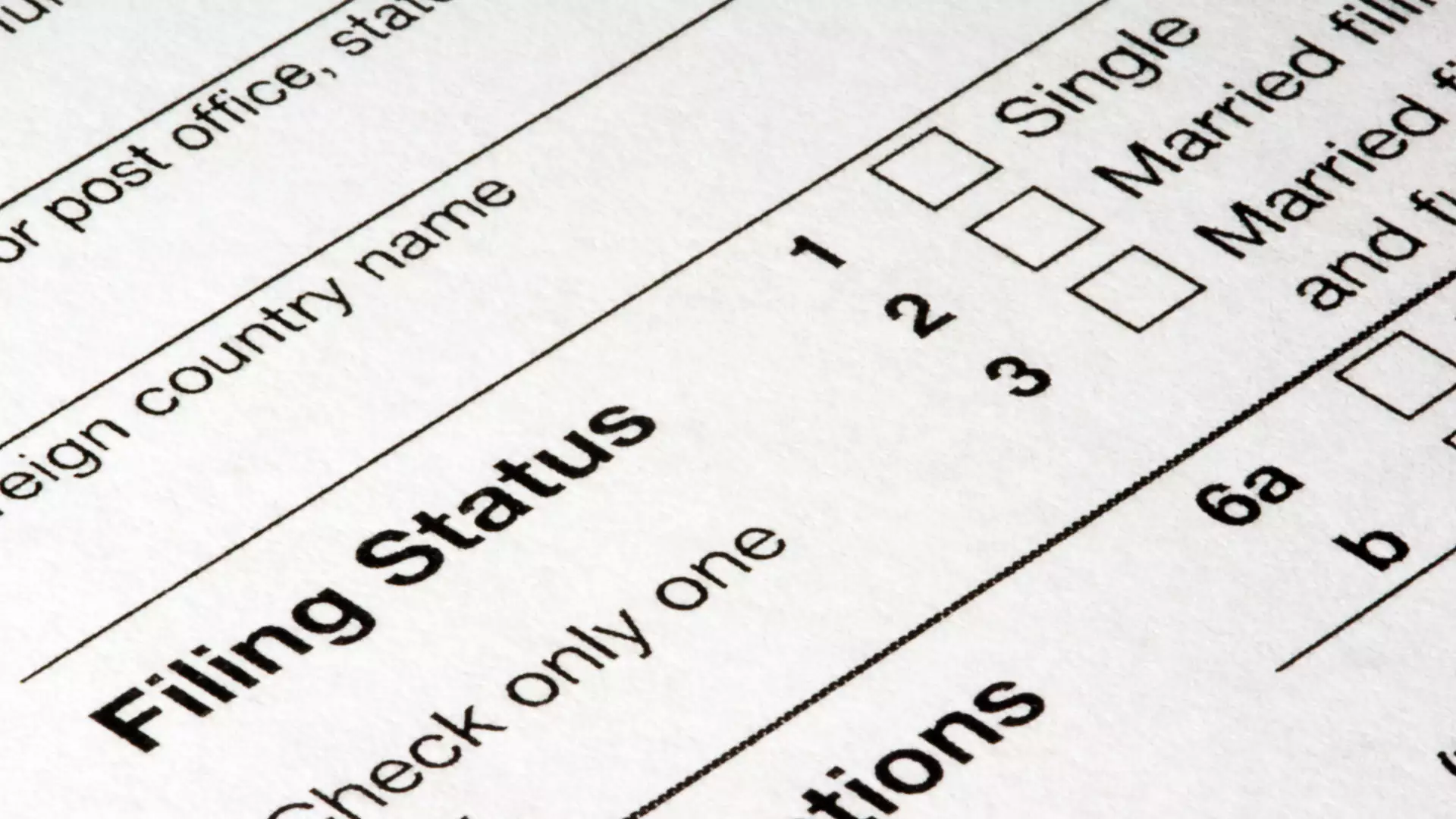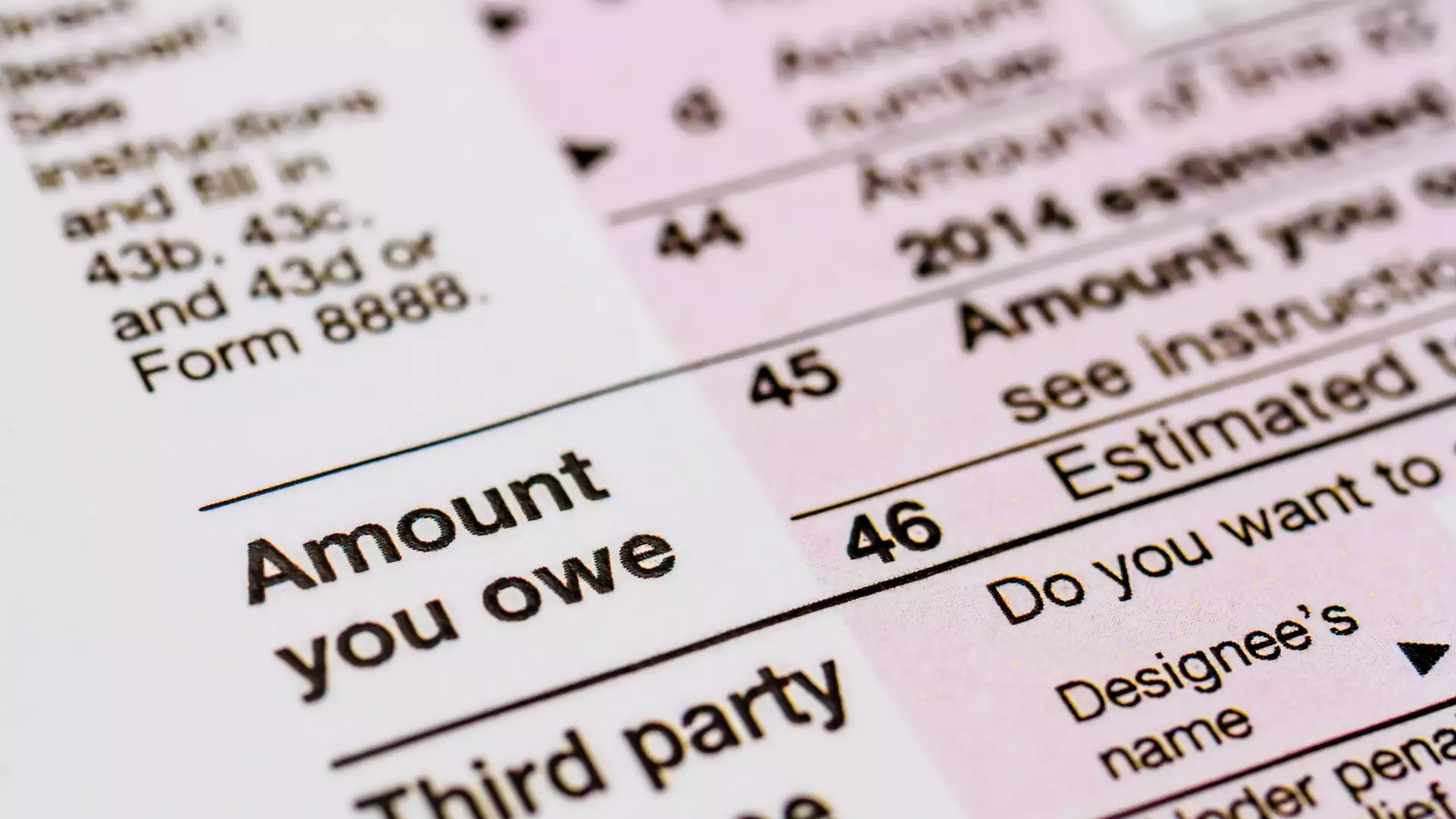Filing taxes can feel overwhelming, especially if you’re doing it for the first time. You have tax forms coming from your employer, bank, and maybe even random side jobs. Trying to make sense of it all and file correctly leaves many taxpayers feeling anxious and confused.
Luckily, taxes don’t have to induce panic. By breaking down the filing process into easy-to-follow steps, you can complete your tax return accurately and on time. This straightforward guide walks you through each milestone to set you up for success and maximize potential refunds!
Step 1: Get Organized
The first key step involves gathering all your important tax documents in one place so they are handy when you sit down to file. Being organized makes this whole process much smoother.
Here are the key forms and information you need to have on hand:
Income Information
- W-2 forms from all your employers showing annual income and taxes already paid
- 1099 forms reporting income from side jobs, unemployment, or investments
- Records showing any other money you earned like rental property revenue
Deduction/Credit Confirmation
- Receipts for charitable donations
- Mortgage interest statements
- Childcare costs invoices
- Educational expenses
- Medical bills
Personal Data
- Social Security numbers and birth dates for you, your spouse, dependents
- Bank account info for direct deposit of refunds
Step 2: Choose Your Tax Preparation Method
With your documents organized, next decide how you will file your return. You have a few options:
DIY Tax Software
Popular tax prep programs like TurboTax guide you through the process. Just answer simple questions and upload your data.
Seek Professional Help
Let an accountant, enrolled agent, or CPA handle your unique tax situation directly. Help is worth the fee for complex returns.
IRS Free File Program
If you earned less than $73,000 last year, IRS Free File partners offer free tax prep software to qualified filers.
Each method has pros and cons. Choose the one best aligned with your budget, comfort level, and tax circumstances.
Step 3: Calculate Your Income
Now comes the fun part…crunching some numbers! Pull out your W-2, 1099s, and any other income documentation to add up the full amount you earned last year.
Some common taxable income sources include:
- Employment wages
- Investment earnings
- Retirement plan withdrawals
- Self-employment/side job revenue
- Bonuses/commissions/tips
- Alimony received
- Canceled debts
The sum of all these sources must get reported to calculate taxes accurately.
Step 4: Determine Your Filing Status

Your filing status represents your personal tax situation. It’s important because it can determine tax rates, deduction limits, eligibility for certain credits and more.
There are five possible filing statuses:
Single
- For unmarried individuals
Married Filing Jointly
- For legally married couples submitting one return
Married Filing Separately
- For legally married people submitting separate returns
Head of Household
- For unmarried taxpayers supporting dependents
Qualifying Widow(er)
- For eligible persons whose spouse died recently
Choose the status matching your situation. Filing jointly often results in lower tax liability.
Step 5: Claim Dependents
If you have children or adult relatives who depend on you financially, make sure to claim them as dependents if eligible. This can earn you substantial tax credits like the Child Tax Credit and Earned Income Tax Credit.
To qualify as your dependent, the person must meet certain IRS criteria:
- Relationship (child, sibling, parent, grandparent, etc)
- Residency
- Age
- Financial support provided
- Gross income below $4,400
Claim all qualifying child and adult dependents when you file.
Step 6: Calculate Deductions
Deductions help reduce your taxable income. There are two deduction types – standard or itemized. You claim whichever adds up to a larger amount.
The standard deduction currently sits at:
- $12,950 for single filers
- $25,900 for married joint filers
Itemized deductions include qualifying expenses like:
- Mortgage interest
- Charitable contributions
- Medical expenses exceeding 7.5% of AGI
- State/local income taxes (capped at $10k)
Tally up itemizable expenses to compare to the standard thresholds above and see which maximizes write-offs for your situation. Every deduction lowers taxable income.
Step 7: Check for Tax Credits
Beyond deductions lowering taxable income, also assess what tax credits you might qualify for. Credits directly reduce taxes owed instead of just reducing taxable income.
Common individual tax credit opportunities include:
- Earned Income Tax Credit (EITC)
- Child Tax Credit
- Child and Dependent Care Credit
- Education credits
Spend time identifying which tax credits apply to your tax situation and complete those sections of your return accordingly.
Step 8: Calculate Taxes Owed or Refund Due

At this point use tax software or an accountant to calculate total taxes owed based on your confirmed income, deductions claimed, tax credits earned, and personal situation like filing status.
The result will reveal either an amount you still need to pay by April 15th to square up your tax bill…OR the exciting news that you have a tax refund headed your way!
About 75% of individual taxpayers in the U.S. receive annual federal tax refunds once returns are processed. The average refund last tax season came out to $3,176.
Step 9: File Your Completed Tax Return
You did it! Now just finalize steps to file your completed return with all income, deductions, credits, and other data input accurately based on your tax documentation.
You can file one of three ways by April 15th:
Electronically File
- Faster processing! Combines filing directly with IRS and printing return for your records
Paper File
- Mail completed paper return to IRS with postmark by April 15th
Tax Professional
- They handle submission of your final return for you
And just like that, you successfully filed your personal income tax return! Not so scary after all, right?
Step 10: Pay Any Remaining Taxes Owed
Note any remaining balance due on your return must get paid by the traditional April 15th deadline to avoid interest and penalties. Here are some payment options if you owe:
- Check/money order payable to U.S. Treasury
- Electronic direct payments from bank accounts
- Debit or credit card through selected processors
You can also enroll in a payment plan with the IRS if necessary. Reach out with any questions on easiest ways to pay tax bills.
Congratulations on filing your taxes from start to finish! Now celebrate and enjoy the added peace of mind knowing you have fully complied based on your personal financial situation. You’ve got this tax filing thing down – until next year! Let me know if any other tax questions pop up in the meantime.